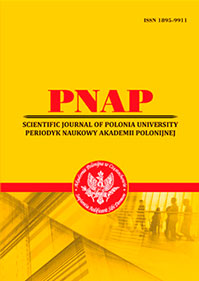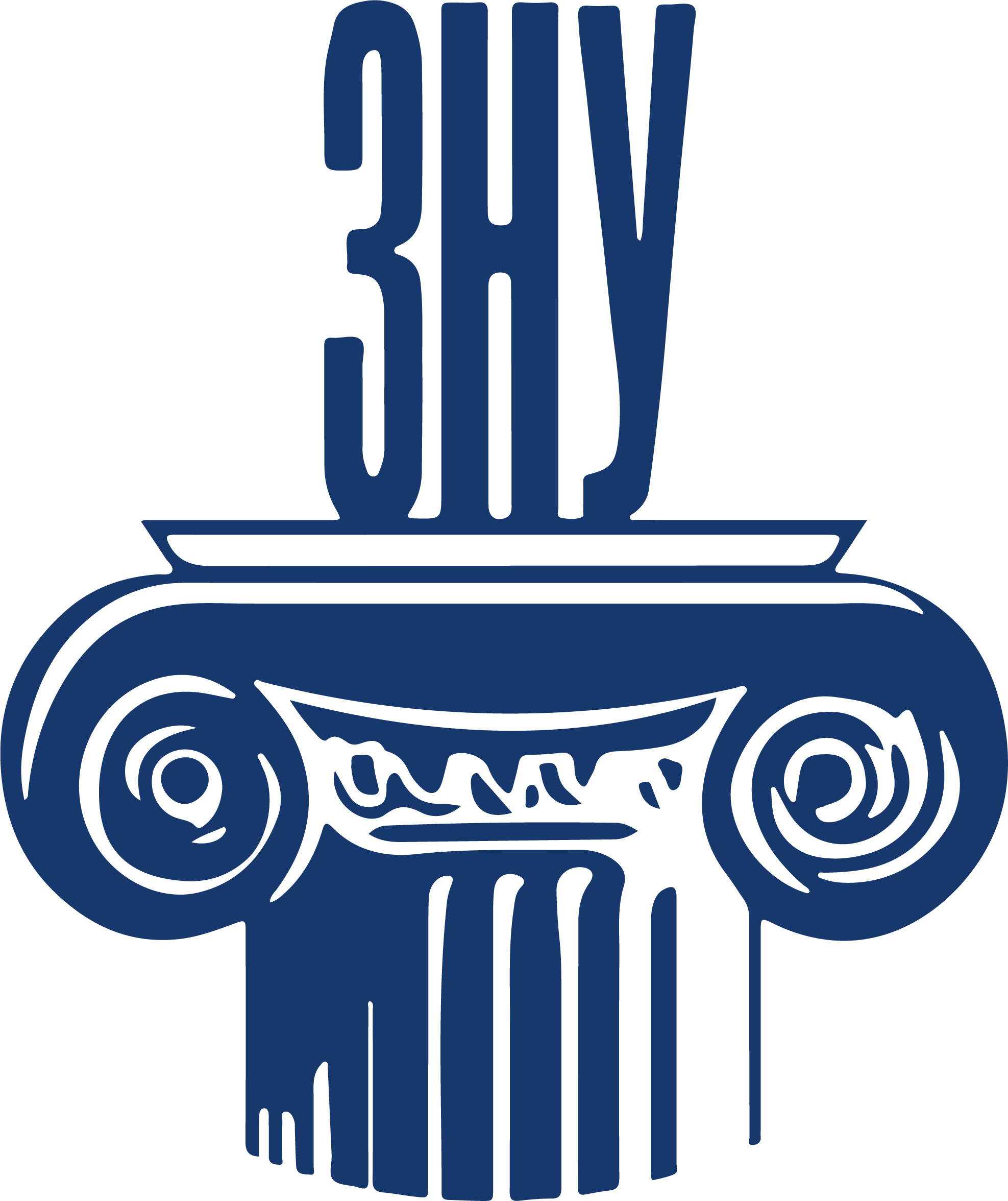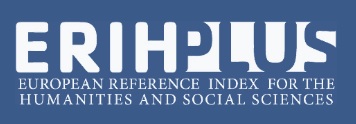LINGUISTIC FEATURES OF ENGLISH ADVERTISING TEXTS
Abstract
The article is devoted to the study of linguistic features of authentic English advertising texts. The relevance of the study is determined by the importance and prevalence of advertising in modern society, as well as the need to study and comprehend the spheres of its influence, which largely determine the linguistic features of English advertising texts. The purpose of the study is to identify and describe the most used linguistic features of advertising texts. The article uses such research methods as descriptive, structural, as well as the method of contextual analysis. The research methods are determined by the specifics of the research subject and the set tasks. Authentic texts of Englishlanguage advertising act as the object of the study. The subject of this study is the linguistic features of advertising texts, namely: syntax of authentic English advertising text. The authors of the article analyze the features of the advertising text and determine its place in the communication system, identify the most important linguistically features of the advertising text that realize its manipulative potential. According to the analysis of the structure of authentic English-language advertising texts, it is found that they appear as a complex semiotic unity and are a sequence of sign units expressed through structural elements, the main ones being the title, the main text, and the slogan. The authors of the article have established that authentic English-language advertising texts use such syntactic techniques and means of expression as monosyllabic and single-word sentences, anaphora, epiphora, paraphrase, parallel constructions, silence, interrogative and exclamatory sentences. An important characteristic of advertising texts at the syntactic level is the use of verbs in the imperative mood, which significantly enhances the dynamism of the advertising message.
References
2. Безугла Т. А. Англо- і німецькомовний рекламний дискурс: полікодовий лінгвопрагматичний підхі д: автореф. дис. ... канд. філол. наук: 10.02.04 ; Харків. нац. ун-т ім. В.Н. Каразіна. Харків, 2017. 23 с.
3. Щербак О. В. Впливова динаміка лінгвосеміотичних кодів у рекламному дискурсі : дис. …канд. філол. наук: 10.02.01 ; Одеський національний університет імені І.І. Мечникова. Одеса, 2018. 24 с.
4. Городецька І. В. Англійськомовний рекламний текст косметичних засобів: структура, семантика, прагматика : автореф. дис. … канд. філол. наук: 10.02.04 ; Чернівецький нац. ун-т ім. Ю. Федьковича. Чернівці, 2015. 20 с.
5. Олексенко В. П. Односкладні речення в рекламному тексті. Науковий вісник Міжнародного гуманітарного університету. Серія «Філологія». 2018. № 32(3). С. 111–114.
6. Тардіф І. В. Синтаксичні засоби в англомовних рекламних текстах соціальної мережі Twitter. Молодий вчений. 2019. № 5.1. С. 209–212.
7. Baig M. Analyzing the Advertising Discourse – A Journey from Sight to Mind. International Journal of Applied Linguistics and English Literature. Lahore : AIAC. 2013. Vol. 2 (1). P. 126–135.
8. Kotler Ph. Kotler on Marketing. New York : Free Press, 2014. 272 p.
9. Арешенкова О. Ю. Комунікативно-прагматичні та стилістичні параметри рекламного тексту : дис. ... канд. філол. наук: 10.02.01 ; Дніпропетр. нац. ун-т ім. Олеся Гончара. Дніпро, 2016. 230 с.
10. Hudetz C. I. Widerstände gegen soziale Werbung. Ein Vergleich zweier Strategien der Botschaftsvermittlung zur Reduktion von Reaktanz und Resistance. Wien : Universität Wien, 2014. 196 s.
 ISSN
ISSN 


.png)



